Ok, maybe your grandparents probably slept like you. And your great, great-grandparents. But once you go back before the 1800s, sleep starts to look a lot different. Your ancestors slept in a way that modern sleepers would find bizarre - they slept twice. And so can you.
The historyThe existence of our sleeping twice per night was first uncovered by Roger Ekirch, professor of History at Virginia Tech.
His research found that we didn't always sleep in one eight hour chunk. We used to sleep in two shorter periods, over a longer range of night. This range was about 12 hours long, and began with a sleep of three to four hours, wakefulness of two to three hours, then sleep again until morning.
References are scattered throughout literature, court documents, personal papers, and the ephemera of the past. What is surprising is not that people slept in two sessions, but that the concept was so incredibly common. Two-piece sleeping was the standard, accepted way to sleep.
"It's not just the number of references - it is the way they refer to it, as if it was common knowledge," Ekirch says.
An English doctor wrote,
for example, that the ideal time for study and contemplation was between "first sleep" and "second sleep." Chaucer tells of a character in the
Canterbury Tales that goes to bed following her "firste sleep." And, explaining the reason why working class conceived more children, a doctor from the 1500s reported that they typically had sex after their first sleep.



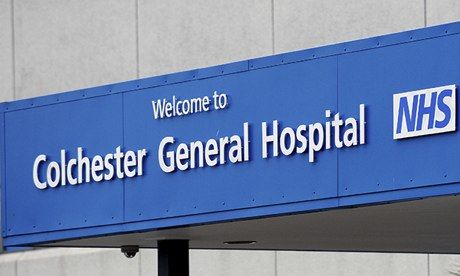
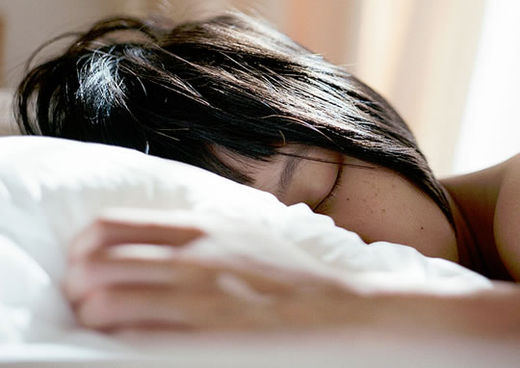
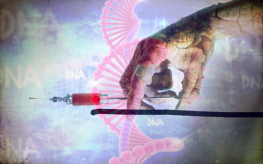
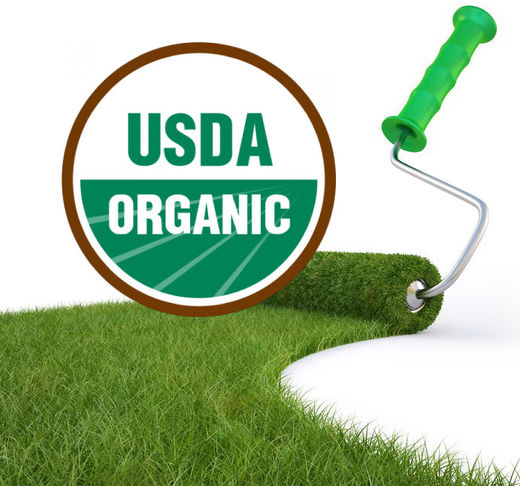
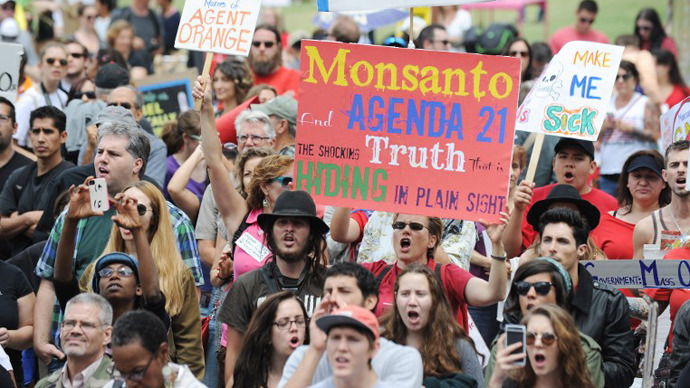
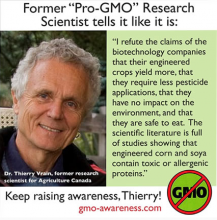
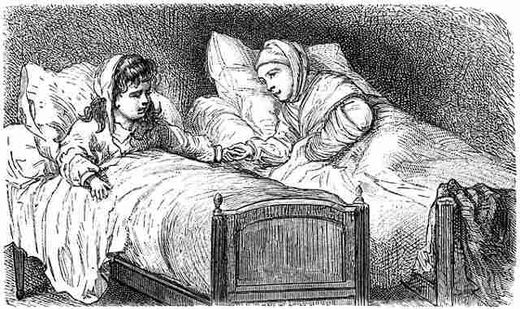



Comment: It is obvious that War causes mental illness in soldiers, are prescription drugs really helping to remedy the problem? Read more to learn how soldiers are guinea pigs for big pharma:
25 disturbing facts about psych drugs, soldiers and suicides
Military suicides hit epidemic levels - is it stress or the drugs used to treat it?
Are US Soldiers Being Prescribed Drugs That May Make Them Kill Themselves?
VA testing drugs on war veterans - Experiments raise ethical questions
Pain Killers Carry Risks For Veterans With Post-Traumatic Stress
Whistleblower accuses government of neglecting suicidal veterans and suppressing science